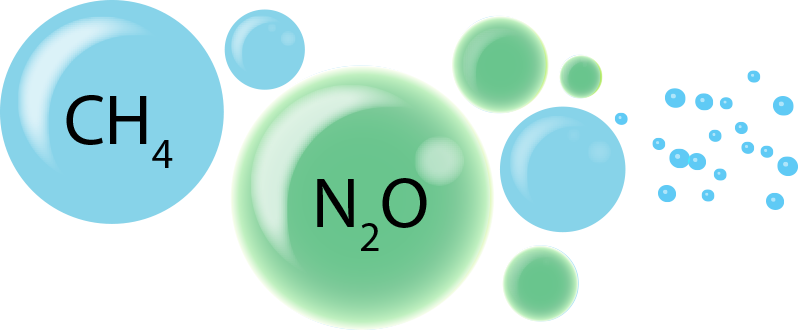Where in the global oceans should spatial and temporal surveys be conducted to discern climatologically-relevant changes in water-column inventories of methane and nitrous oxide? This is an important question facing oceanographers today. However, attempts to answer this question stimulate many related and relevant queries concerning the production and consumption of methane and nitrous oxide in the ocean. For example, how will their water-column concentrations be influenced by factors such as increasing seawater temperatures, decreasing oxygen concentrations, and changing nutrient loading? Do we have sufficient analytical and observational capacity to conduct robust temporal surveys? Do we sufficiently comprehend the microbial metabolic pathways that produce and consume these two trace gases?
In October 2018, an OCB-sponsored workshop addressed these questions to help determine the future directions of methane and nitrous oxide measurements in the global oceans. The workshop was designed to sit at the interface between laboratory analysis of trace gases, our comprehension of the relevant microbial processes, and our observational and predictive capacity to resolve spatial-temporal variability associated with methane and nitrous oxide in the oceans. The objective was to define the key questions that need to be addressed in the near future and provide practical guidance about how they can be addressed. Please see below for the agenda, list of participants, and also a forthcoming report.
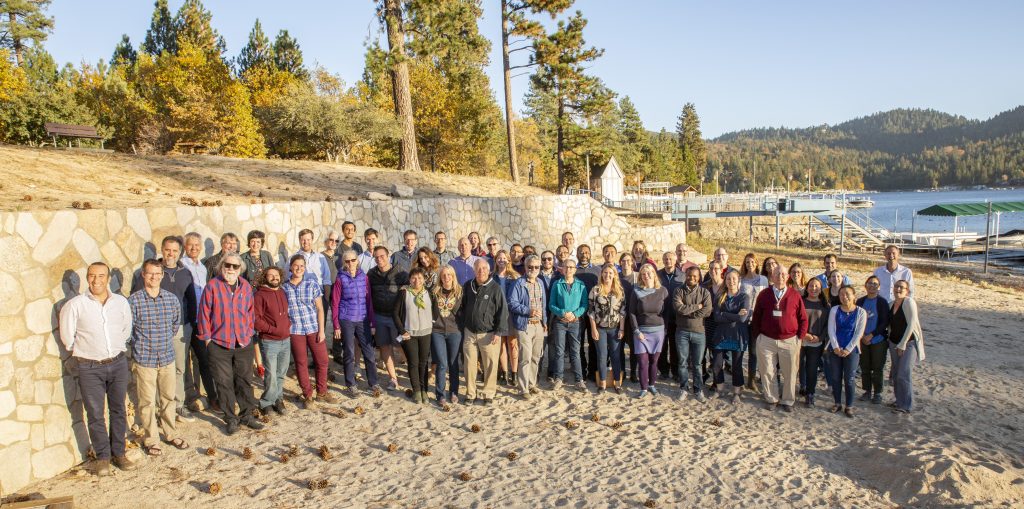
Workshop Products
Perspectives article on methane and nitrous oxide measurements in the marine environment. The article derives from the 2018 workshop and can be found here.
Wilson, S. T., Al-Haj, A. N., Bourbonnais, A., Frey, C., Fulweiler, R. W., Kessler, J. D., Marchant, H. K., Milucka, J., Ray, N. E., Suntharalingham, P., Thornton, B. F., Upstill-Goddard, R. C., Weber, T. S., Arévalo-Martínez, D. L., Bange, H. W., Benway, H. M., Bianchi, D., Borges, A. V., Chang, B. X., Crill, P. M., del Valle, D. A., Farías, L., Joye, S. B., Kock, A., Labidi, J., Manning, C. C., Pohlman, J. W., Rehder, G., Sparrow, K. J., Tortell, P. D., Treude, T., Valentine, D. L., Ward, B. B., Yang, S., and Yurganov, L. N.: Ideas and perspectives: A strategic assessment of methane and nitrous oxide measurements in the marine environment, Biogeosciences, 17, 5809–5828, https://doi.org/10.5194/bg-17-5809-2020, 2020.
OCB Oceanic Methane and Nitrous Oxide Workshop
October 28-31, 2018 at the UCLA Lake Arrowhead Conference Center
Agenda
Sunday, October 28
Check-in begins at 4pm and dinner is at 6.30pm
Evening welcome to the workshop
Monday, October 29
8:00 – 9:00 am: Breakfast
9:00 – 12:00: Morning sessions
Welcome and objectives of the workshop (Sam Wilson)
Intro to MEMENTO, a database for methane and nitrous oxide (Annette Kock)
Estimating the global air-sea methane flux with statistical mapping methods (Tom Weber)
Methane in the coastal shelf environment (John Kessler)
Methane in the deep sea (Mandy Joye)
12:00 – 1:00: Lunch
1:00 – 5:00: Afternoon sessions
Unresolved questions in ocean nitrous oxide (Hermann Bange)
Nitrous oxide in oxygen minimum zones (Bess Ward)
Nitrous oxide and methane in estuaries (Rob Goddard)
Modeling nitrous oxide and oxygen (Parv Suntharalingam)
Modeling emissions of methane from seafloor (Tina Treude)
5:00 – 6:30: Free time
6:30 – 8:00: Dinner
8:00 – 9:00 Evening session
Poster session on ‘Oceanic methane and nitrous oxide: What we know and what we need to know’ (list of posters at bottom of this page))
Tuesday, October 30
8:00 – 9:00 am: Breakfast
9:00 – 12:00: Morning sessions
Small-group discussions on methane and nitrous oxide in specific habitats or research topics.
The lead for the group is expected to provide the context for the small-group topic and coordinate discussions.
12:00 – 1:00: Lunch
1:00 – 5:00: Afternoon sessions
More small-group discussions on methane and nitrous oxide
Microbial physiology: nitrous oxide (Alyson Santoro)
Microbial physiology: methane (Jana Milucka)
Methane clumped isotopes (Jabrane Labidi)
5:00-6:30: Free time
6:30-8:00: Dinner
8:00 – 9:00 Evening session
Continuation of the poster session and displays from small group discussions as a ‘living posters’
Wednesday October 31
8:00 – 9:00 am: Breakfast
9:00-12:00: Morning sessions
Summary of meeting and discussion items
Small group discussions
During Monday’s science talks we will make a list of potential small group discussions for the Tuesday. A few suggestions have emerged during the planning of the workshop and are highlighted below.
Coordination of repeat hydrographic and time-series measurements
Integrative approaches between metagenomic mining of methane and nitrous oxide production pathways and incubation experiments
Methane and/or nitrous oxide in specific habitats such as the Arctic, oxygen minimum zones, freshwater/estuarine, or coastal/shelf
Developing SOPs for methane and nitrous oxide measurements
Steering Committee
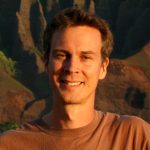
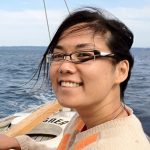
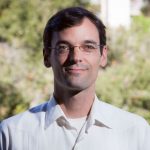

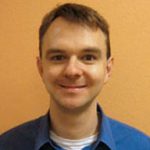
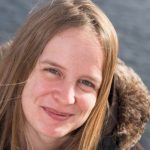
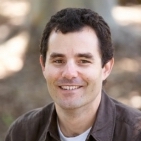
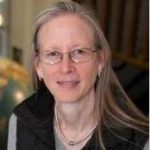
OCB Project Office Staff (Woods Hole Oceanographic Institution)
Heather Benway
Mary Zawoysky
Mai Maheigan
Workshop Participants
View or download workshop participant list here.
Workshop Sponsors
This workshop is an activity of the Ocean Carbon and Biogeochemistry (OCB) Program. We gratefully acknowledge workshop sponsors NSF and NASA (OCB Project Office sponsors) and the Moore Foundation. We also gratefully acknowledge SOLAS and SCOR for their financial support to help meet the participant costs of attending the workshop.
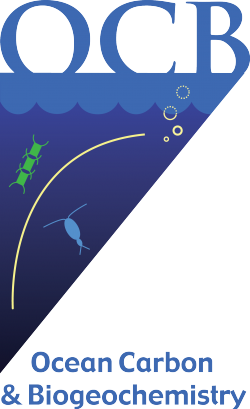


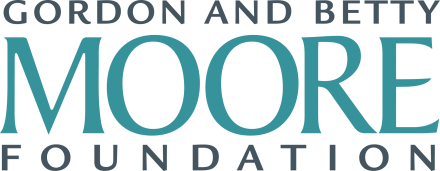
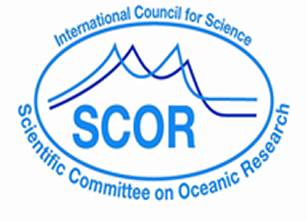
Workshop Posters
Andrew Babbin: Interannual variability of atmospheric nitrous oxide above the ETSP
Damian Arévalo-Martínez: Nitrous oxide in the ocean: actual measurements and new methods
Annie Bourbonnais: Nitrous oxide stable isotopes and isotopomers in the Benguela upwelling system
Jeff Bowman: Determining rates of methanogenesis and methane oxidation in the oligotrophic central Arctic Ocean during MOSAiC
Laura Bristow: TBD
Dani Cox: Methane production at the sea surface by the pelagic Sargassum holobiont
Mercedes de la Paz: Coastal and oceanic measurements of nitrous oxide and methane in the North Atlantic from different observational platforms
Patrick Crill and Brett Thornton: Fast Pan-Arctic Methane Isotopologue Observations from Zeppelin Observatory, Svalbard
DongJoo Joung: Radiocarbon measurements of methane dissolved in seawater near the upper edge of methane hydrate stability
Mihai Leonte: Determination of methane sources and sinks using stable isotopes in areas of active gas seepage
Chris L'Esperance: A Compact, GC-based Analyzer for High-resolution Observations of Trace Gases in the Ocean/Atmosphere
Claudia Frey: Influence of oxygen and organic matter on N2O production in the ETSP
Marcela Cornejo-D'Ottone: Nitrous oxide in the eddie’s generation zone off Valparaíso, Chile
Laura Lapham: TBD
Carolin Löscher: Complete vs incomplete denitrification pathways in OMZ metagenomes
Ma and Hermann Bange: N2O and CH4 at the Time-Series Station Boknis Eck
Cara Manning, Annie Bourbonnais and Philippe Tortell: Repeat measurements of methane and nitrous oxide distributions across the North American Arctic Ocean from 2015 to 2018
Hannah Marchant: Metabolic specialization of denitrifiers in permeable sediments controls N2O emissions
Thulwaneng Mashifane: Model estimates of nitrous oxide production in the Benguela upwelling system
James Moffett, Bess Ward, Caroline Tuit and Declan Far: Importance of of the form on nitrite reductase in determining the effect of reduced sulfur on nitrous oxide production during denitrification.
John Pohlman, Michael Casso, Cedric Megan and Emile Bergeron Discrete sample analysis module (DSAM) for quantitative and isotopic analysis of dissolved methane and CO2 by cavity ring-down spectroscopy
Gregor Rehder: Voluntary Observing Ship (VOS) observations in the Baltic Sea
Dan Repeta: Oxygenic production of methane from methylphosphonate in the marine water column
Oliver Schmale and Tina Treude: Santa Barbara methane bubble shuttle project
Katy Sparrow: Limited contribution of ancient methane to surface waters of the U.S. Beaufort Sea shelf
Brett Thornton and Patrick Crill: The Secular Increase In Methane At the Arctic Ocean Surface, 2014-2018
Simon Yang, Daniele Bianchi and Andrew Babbin Pathways of N2O production and emission in the Pacific Ocean
Leonid Yurganov: Arctic Ocean as a significant source of atmospheric methane: year-round satellite data
Liyang Zhan: TBD
Guiling Zhang: Distribution and production of CH4 and N2O in the marginal seas of China
